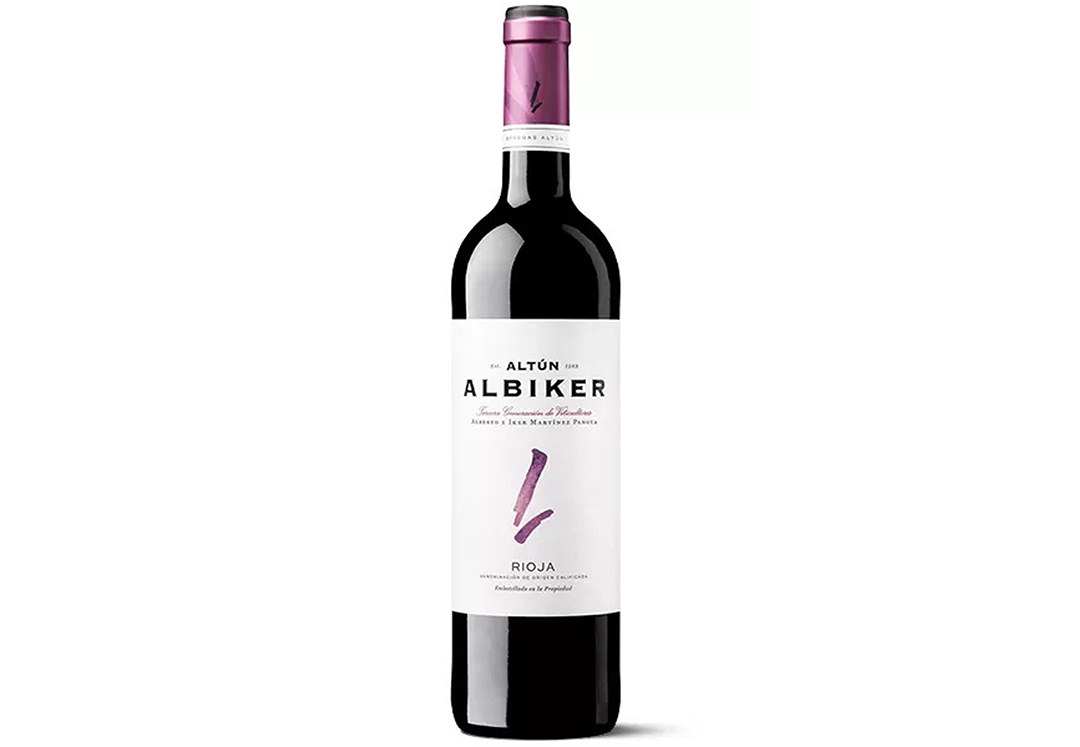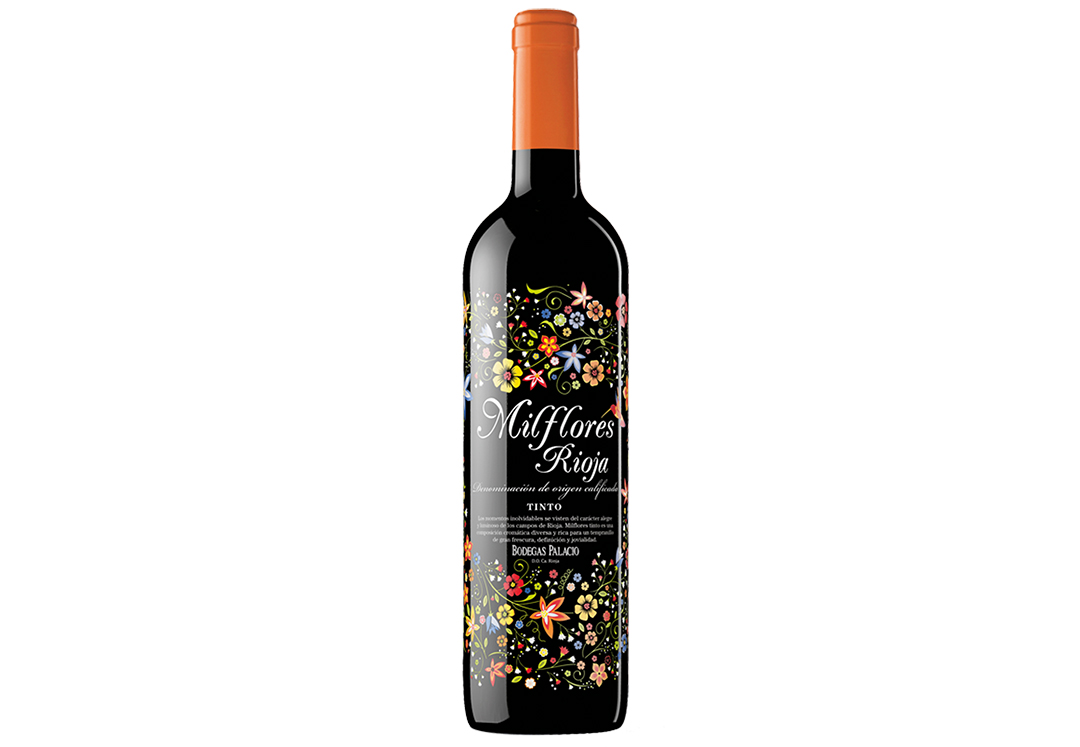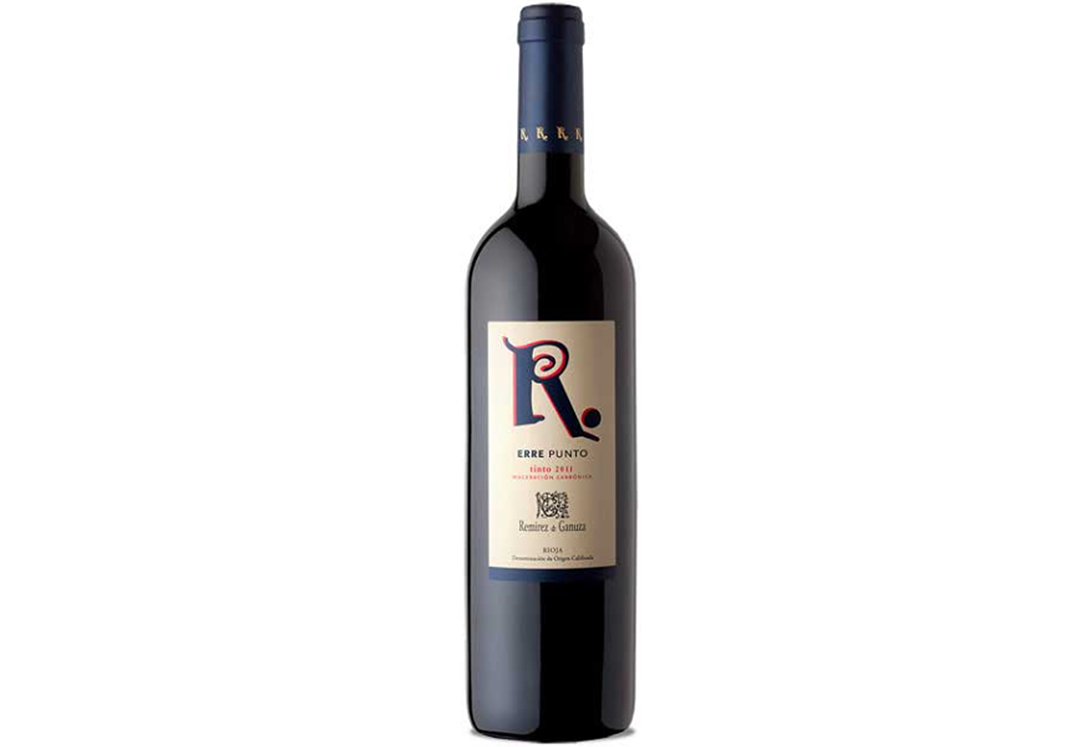News
Drinks International | Rise of Rioja’s carbonically macerated reds
Rioja is known for food-friendly and great value traditional reds, the work of an old tradition meets a new wave of producers is on the rise and also worth the taste. Such a winemaking style in the region is also rooted in a history of generations of producers.
In the Logroño, La Rioja’s capital city, you’ll see people drinking “tinto fresco”, as a perfect accompaniment to meals. The first wines in history were made by storing whole grapes (without destemming) in tanks, thus causing intracellular fermentation. To this day, Vineyards in Rioja maintain that same essence, carbonic maceration, and create an origin line.
Wine Spectator defines:
Carbonic Maceration
Most frequently associated with Beaujolais, this is a method of producing light-bodied, fresh and fruity red wines. Instead of crushing the grapes and releasing the juices to be fermented by yeasts, whole grape bunches are placed in a tank and the oxygen is displaced by carbon dioxide. Fermentation starts on an intracellular level inside the berry, producing some alcohol as well as fruity aromatics. In practice, the weight of the grapes on the top crushes the grapes on the bottom and yeasts ferment the juice; the wine is partly a product of carbonic maceration and partly of traditional yeast fermentation.

The first wines in history were made by storing whole grapes (without destemming) in tanks, thus causing intracellular fermentation. To this day, Albiker maintains that same essence, carbonic maceration.

Wine produced using the latest technology to preserve its fresh and fruity profile. Semi-carbonic maceration. Produced with grapes that are destemmed, but not crushed, to avoid breaking the skins. Floating cap and daily pumping-over. Temperature-controlled fermentation.

At Remírez de Ganuza however, winemaker Jesús Mendoza’s goal when making Erre Punto is to create the purest carbonic maceration wine possible. He stressed the importance of using smaller (i.e. shorter and wider) fermentation vats. These serve to take the pressure off the berries at the bottom, leaving them mostly intact and thus allowing the overwhelming majority to undergo intracellular fermentation, which creates more pronounced carbonic flavors in the process. María Larrea uses a similar approach at Cune.
While stem removal in the 19th century became common across Rioja for the new vinos finos made by names like Marqués de Riscal and Marqués de Murrieta (inspired in turn by Bordeaux’s Classed Growths), whole-bunch fermentation continued to be important for local consumption within Rioja Alavesa. Even as late as 1989, wineries such as Luis Cañas only produced carbonic maceration wines. Source: FWS
Read more from Drinks International
